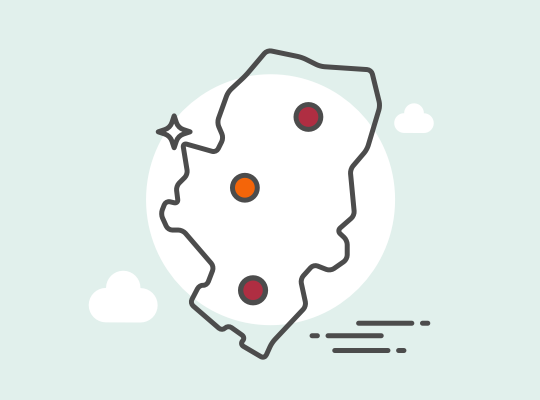Aragón, according to its Autonomy Law, is a historical nationality of 47,720.45 km2 which is located in the NE of the Iberian Peninsula, and where roughly 1.3 people dwell our land. It is formed by 33 counties or `comarcas´ and its capital is Saragossa, whose metropolitan area gathers more than the half of the whole population.
Aragón is defined by diversity. In the centre of the River Ebro valley, hardly over 100 metres above sea level, with the Pyrenees lying at the north with peaks reaching up 3,000 metres, like Aneto (3,404 metres) the Iberian Mountain Range at the West and the South, with Moncayo (2,314 metres) as the highest peak. This such variety in such a small room make it contain different landscapes, climates, grounds and soils, vegetation and wildlife, ecosystems… all of them alluring and surprising realities for our visitors.
Human capital in Aragón is also defined by variety. Our common language is Spanish (`castellano´), but more than 25,000 inhabitants can speak Aragonese as well particularly in the Pyrinees; and about 55,000 speak Catalan in the Eastern counties.
Aragon offers a cosmopolitan and avantgard-like city as Saragossa, besides spaces where silence and time seem to stop, deserts and forests. To sum up, a space to get lost in and enjoy many realities formed by a rich past and a promising future.
From Paleolithic to Iberians
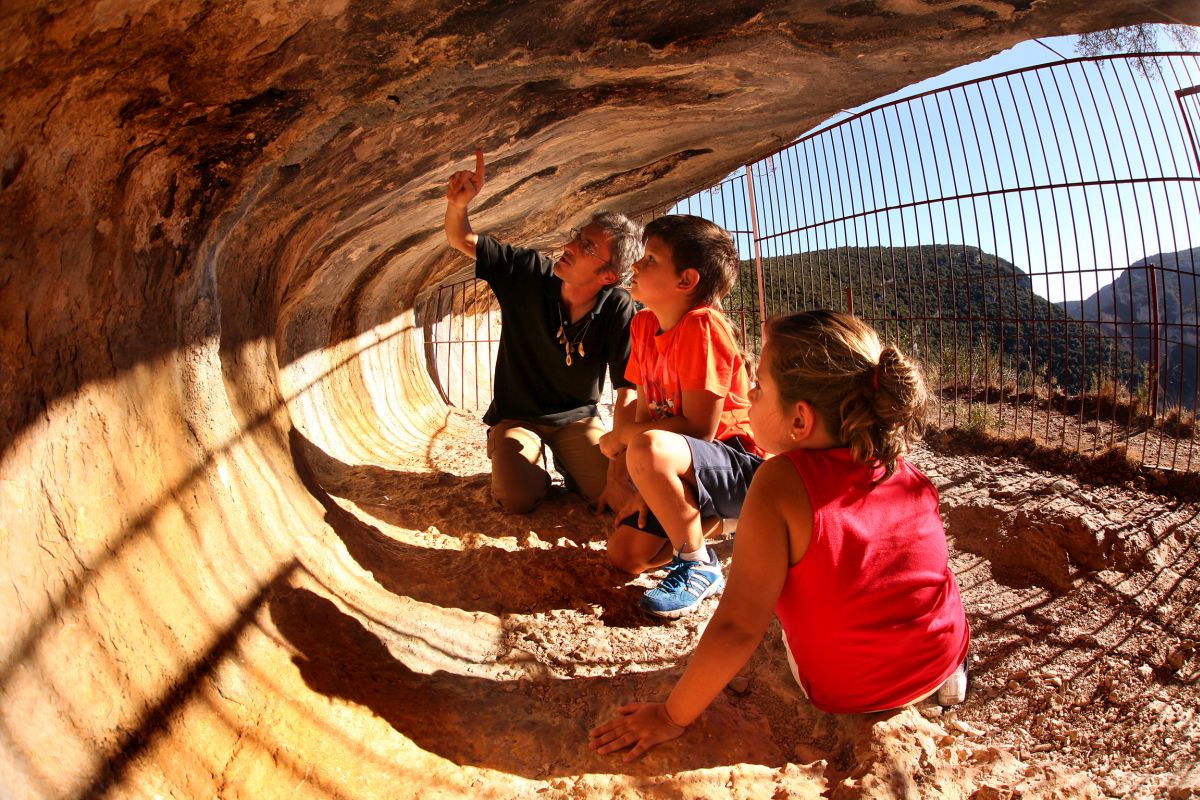
Obviously, Aragon cannot be referred until year 800 AD, but in the soil currently known as Aragón human inhabitants appeared and settled from approximately 300,000 years ago. From Paleolithic period daily tools are preserved and shown in our museums.
From Neolithic period, apart from the remains preserved in our museums, several archaeological sites still remain, as well as the Iberian Aragón.
Conventus caesaraugustanus
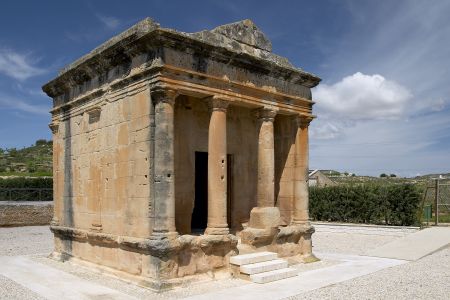
From 218BC until 143 BC romanization process takes place all over Hispania and, consequently, in current Aragón. A long process from which a number of tracks remain all around our country. There was a first period when Iberians and Romans shared the land and, since Julius Caesar times, in 1st century BC, a whole romanization is implemented.
As a first step, with the foundation of the colony Celsa Lepida and, particularly, when Caesar Augusta was established, the centre of the Conventus Caesar Augustanus. It embraced the current Aragón, as well as most parts of La Rioja, Navarre, Catalonia, Madrid and Guadalajara, all of them linked by a mighty urban web, which was employed to romanize prior settlements: Turiaso, Augusta Bilbilis, Osca, …
During the Visigothic period, between VI and VII centuries, a number of monasteries are established, such as San Victorián in Sobrarbe or Santa Engracia in Zaragoza.
Muslim Aragón
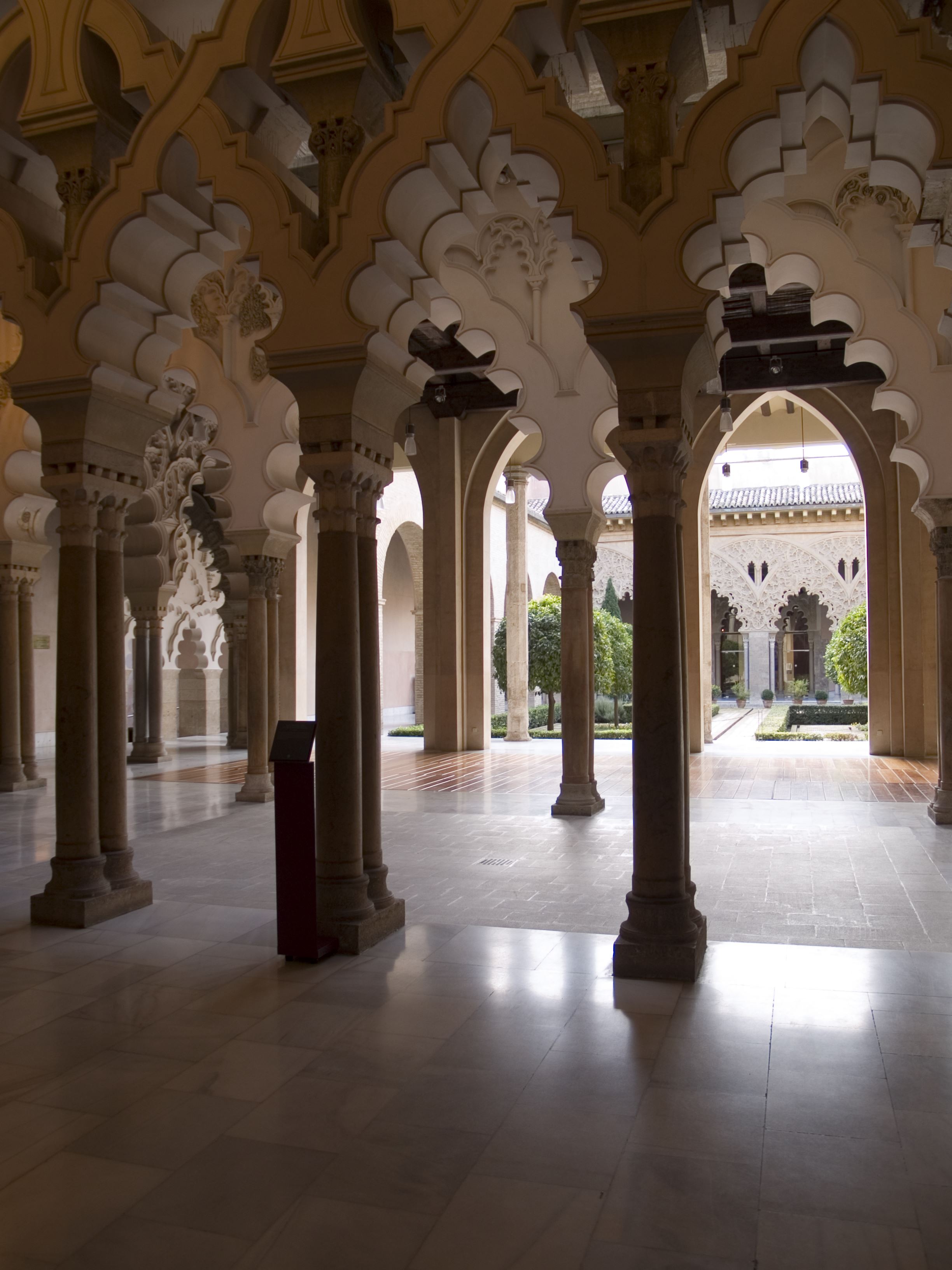
VIII and IX centuries shelter the islamization of Aragón, first as a colony to the Omeyan caliphate of Damascus and later as an independent Omeyan emirate. Being Zaragoza capital of the Upper Mark, it became a culturally and economically glittering time, not only in Muslim side but in the Jewish one as well. During 11 th century, Taifas of Saragossa and Albarracín are founded, and the great jewel was the palace of La Aljafería.
Aragón: the birth of a nation
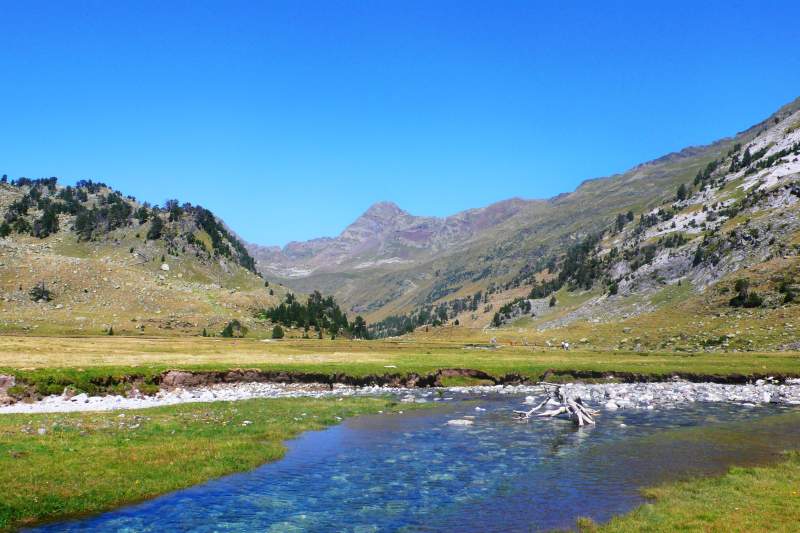
In year 778 Charlemagne, the King of Franks, set off an expedition against the Muslim Saragossa, but it was defeated.
Nevertheless, at the beginning of the 9th century, these lands along the Pyrenees became a Hispanic Mark as a defensive border to the Charlemagne’s empire against the Islam.
Aragón is a pre-Indoeuropean word, derived from ‘arga’, which named a river (Aragón) known in Latin as ‘Aragus flumen’.
In year 800 a county forged gradually, under Charlemagne’s pupilage, run by a Count called Aureolus or Oriol, who mastered these lands until his death in 809. At the same time, counties of Ribagorza and Sobrarbe gradually emerged, which would subsequently integrate in Aragón.
Pyrenean and pre-Pyrenean fortresses date back to this period. This dynasty would link to the King of Pamplona in 922.
The birth of the Kingdom of Aragón

The counties of Aragón, Sobrarbe and Ribagorza belonged to the Kingdom of Pamplona. After Sancho the Stark’s death (1035), the kingdom was divided into four parts, each one for each of his sons: Navarre for García; Castille for Fernando; the counties of Sobrarbe and Ribagorza for Gonzalo and Aragón for Ramiro.
Ramiro I of Aragón, first King of Aragón, took over Sobrarbe and Ribagorza in 1044. He extended its territory southwards and died in 1063 while trying to conquer the village of Graus.
Sarrablo’s Romanesque churches and the Monastery of Santa María de Obarra are from this period.
Expansion of the Kingdom of Aragón
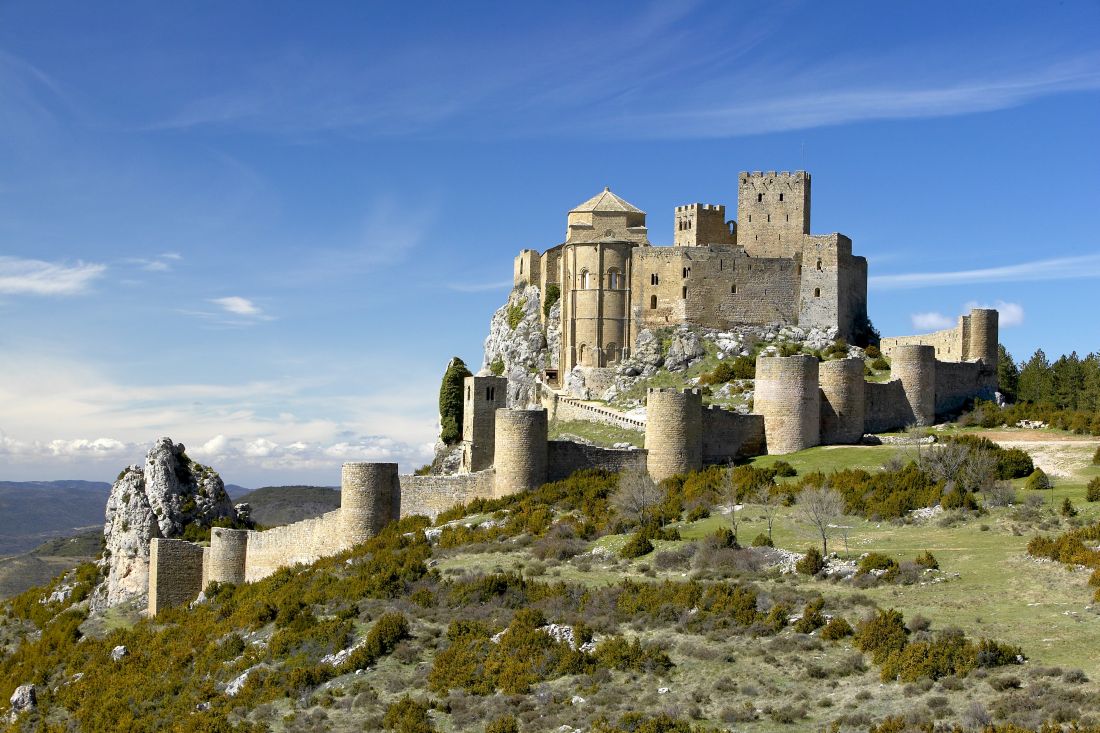
Castillo de Loarre. Javier Romeo©
Sancho Ramírez strengthened the kingdom, became it in vassal to the Holy See and, therefore, the bars of Aragón were born. Its origins are found in the colors of the City of Rome and, from then on, the Papacy. Sancho Ramírez, the second King of Aragón, decided to declare the kingdom in vassal to the Pontificate in order to obtain a bishopric see – Jaca – and international support. Aragon introduced the Roman rituals in Iberia (which was using the Visigothic by then). Red and gold (the noblest colors in Heraldics) are combined in band or ‘lemniscus’ from the medieval pontifical chancellery.
In fact, the first Saint of Aragón, before Saint George, was Saint Peter. This is why Jaca’s Dome, the first capital of Aragón, was consecrated to Saint Peter. And it is also the reason why the monastery of Ziresa and Uesca/Huesca’s Dome are named in honour of Saint Peter. Inside the Cathedral of Huesca some Aragón`s kings are buried and Peter is a common name among Aragón kings, such as Queen Petronila.
These years glitter in San Juan de la Peña/San Chuan d’a Peña, the Cathedral of Jaca/Chaca or the massive fortresses of Loarre/Lobarre, Alquézar/Alquezra and Montearagón/Montaragón, as well as the start of the French Compostela’s way through Aragón.
Aragón in times of Alfonso I
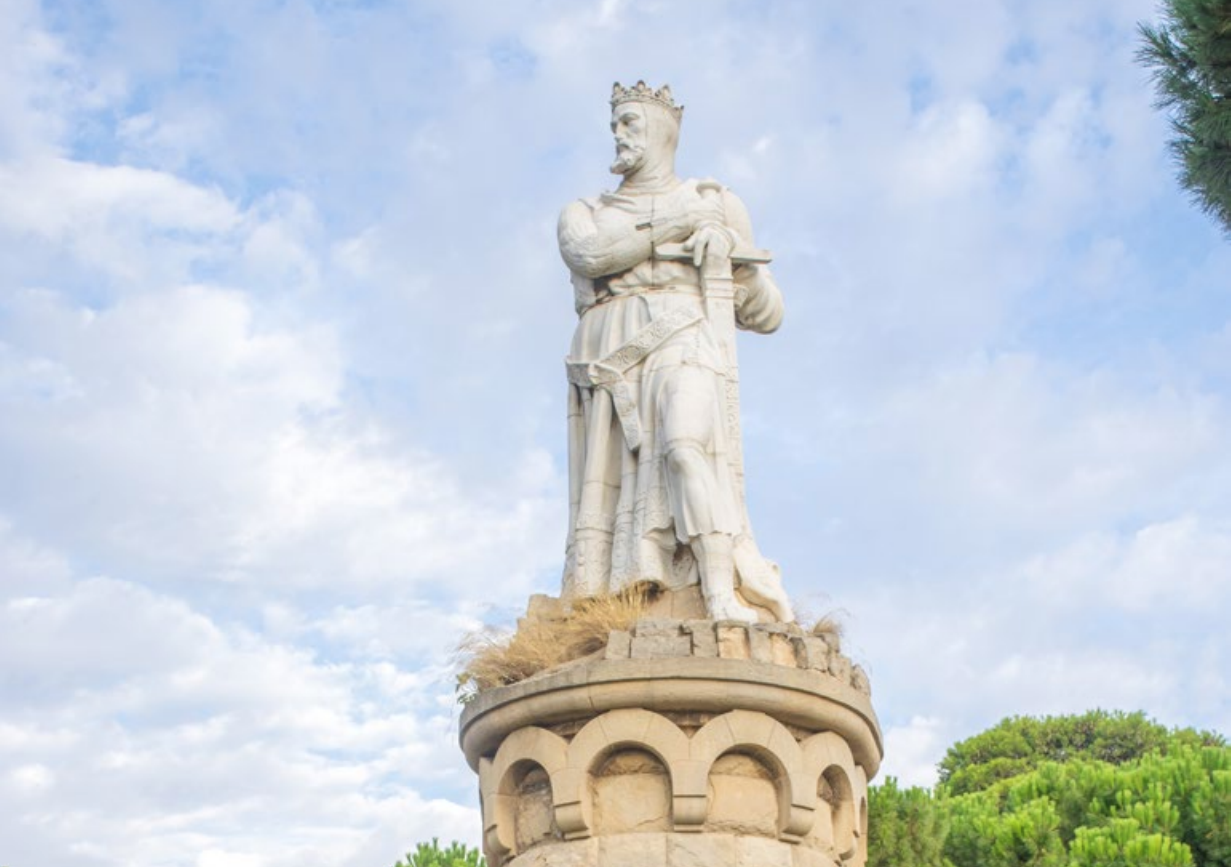
Aragón kept on growing in its territories and, so, Alfonso I the Battler doubled its extension and conquered Saragossa (1118).
This period is the climax for Romanesque, in the valleys in the Pyrenees as well as in the conquered lands in Cinco Villas county, where a number of churches were erected: in Sos, Uncastillo, Luesia, Luna, El Frago, Ejea, Biota, etc. Examples in Morillo de Gallígo/Murillo de Gállego, Huesca/Uesca, La Sotonera and Semontano/Somontano, La Llitera/Litera or Bajo Cinca/Baix Cinca.
In the city of Saragossa, the tympanum still preserved in the Pilar, the crismon in Santa Cruz church or the apse in La Seo. Finally, the churches in Daroca form the most important Romanesque nucleus south the river Ebro.
Aragón, 12th century
In 1135 Aragón signed a treaty with Navarre where the borders between both kingdoms were determined up to our days.
Apart from this, the king of Castile attacked Aragón and conquered even Saragossa, took over vast lands in Soria, Ágreda and Almazán and, even though Saragossa returned to the kingdom of Aragón and assumed the rampant lion as its heraldic motif, borders with Castile were settled in different treaties until the one in Monreal in 1305. This one set up the borders to the south with Valencia, but renouncing the crown of Aragón to Cartagena and Mar Menor (Murcia).
King Ramiro II the Monk married to Inés de Poitiers and they had a daughter, Petronila, who was married to Ramón Berenguer IV, count of Barcelona. The wedding was based in the Aragonese legal institution of “matrimonio en casa” or “marriage at home”, by which the King designated as inheritor freely. According to Aragonese Law of those times, the last descendant, male or female, transmitted the family’s heritage. In 1162 the son of both, Alfonso the Cast or the Trovador inherited the territories from both families and formed the Crown of Aragón.
At that moment the ‘Mudéjar’ art is beginning, which will last until 18th century and which has left us a long list of examples.
Definite formation of Aragón
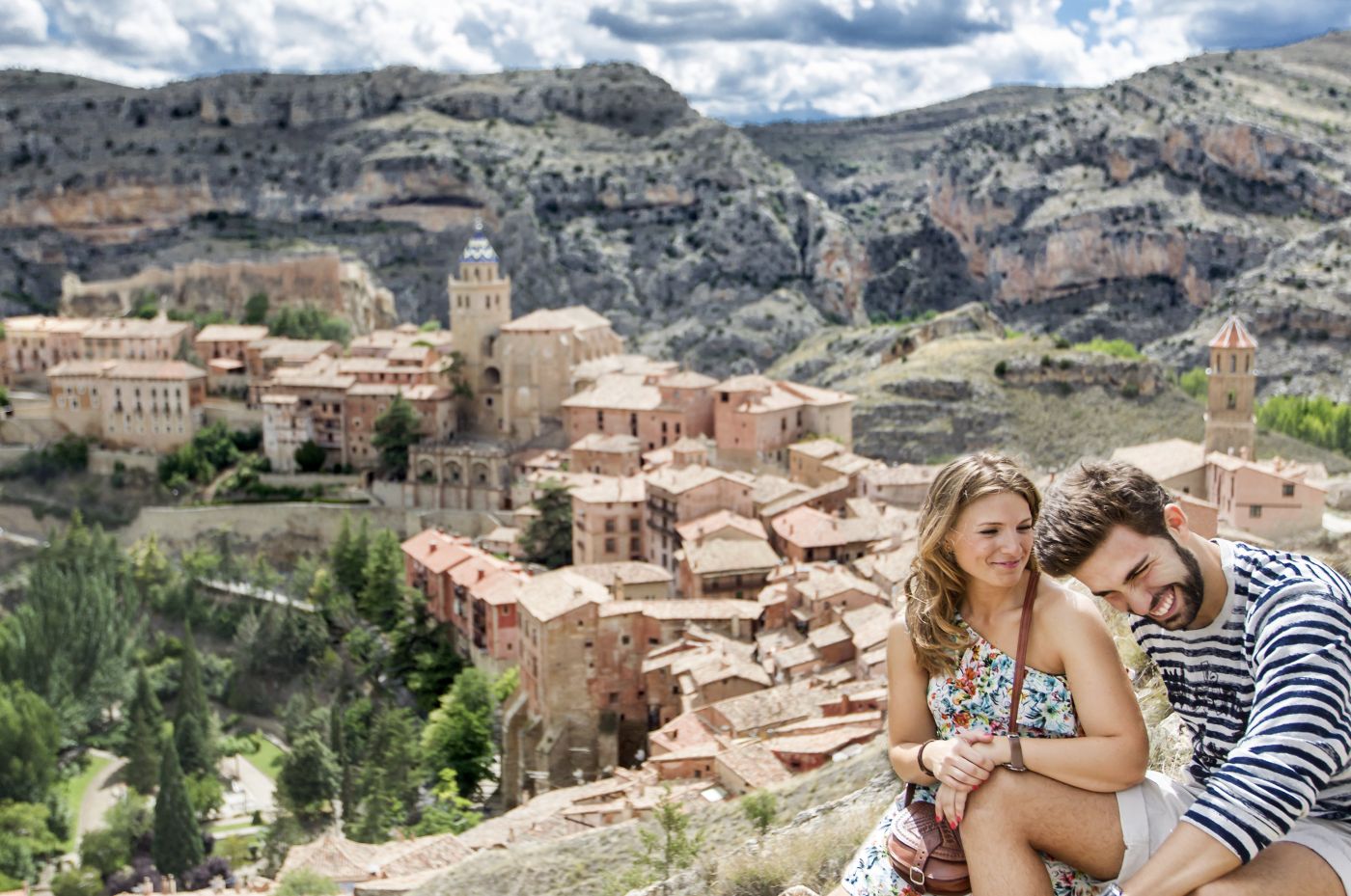
In 1284 the manor lands of Albarracín were incorporated to our country, and in 1302 the frontiers with Catalonia were set up.
From that moment the borders of Aragón have remained the same until our present times.
Consolidation of the Crown of Aragón (13th-14th centuries)
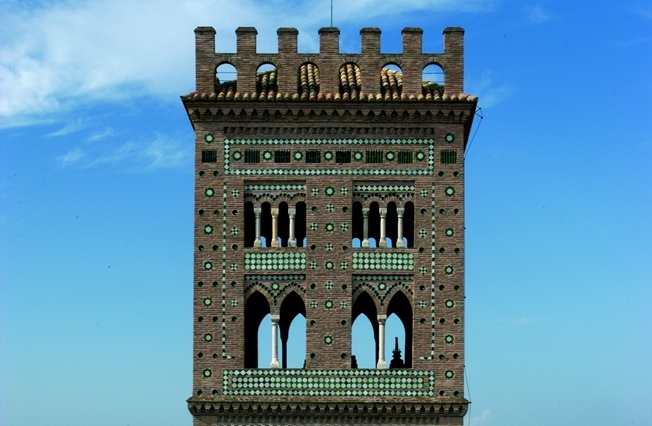
The expansion across the Mediterranean Sea started up by then, first with the conquest of Mallorca in 1229 and Valencia in 1238 by James I the Conqueror. Later Sicily (1282) and Athens and Neopatria by Peter III the Great; Sardinia in 1323 by James II and Naples by Alfonso V in 1443.
Moreover, Aragón established consulates in northern Africa. It was a military expansion, as well as commercial, economical and even cultural.
IT was then the great moment of Arts in Aragón. It was then when our main cathedrals are built or enlarged, it was the Gothic period. The Dome of Tarazona, with a clear Mudéjar influence, the same as San Salvador in Zaragoza and Sanit Peter in Huesca/Uesca… a great number of churches like San Miguel in Barluenga, San Fructuoso in Bierge, San Martín de Tours in Sos del Rey Católico; La Sangre de Cristo’s church in Sarrión, Nuestra Señora de la Fuente en Peñarroya/Pena-Roja de Tastavins or Santa María la Mayor in Valderrobres/Vall de Roures.
Extraordinary are the examples in sculpture, painting and other figurative arts.
Those were the days of Mudéjar, Arab-like style in Christian churches, like the Dome of Teruel and its towers.
Along that period our main institutions were forged:
- Derecho Foral, our national Law, as an agreement, which is born from Aragonese Parliament’s will (Cortes de Aragón) along with the King’s. Since it was first compiled in 1247 (Vidal Mayor’s book) more laws were passed and incorporated to the book. The ‘Fueros’ or Charts are associated, as laws, to the idea of privileges to Aragonese people and their political freedoms. This is why the oath by the king when taking over the office in La Seo cathedral in Saragossa was: ‘We, who are worth as much as Thee, make Thou our King and Lord, as long as Thou keep our Charts and Freedoms, and not in other case.’
- Justicia de Aragón, our Ombudman, a middle judge between the King and his Kingdom, or among the aristocrats. IT was created in 12th century, and in 1283 assumed the Parliament’s presidency. This institution progressively became a guardian to our Charts, as Parliament’s meetings made clear in 1300. Later, from 1348, the Justicia interprets the Law and must be consulted in unclear cases. It was also competent to ask for habeas corpus or ‘right to show’ – ‘derecho de manifestación’. That is, the right to ask for an impartial judge and to be imprisoned under its jurisdiction until the judgement takes place. The current one is th 70th Justicia of Aragón.
- Cortes de Aragón. Our Parliament, unlike the rest of medieval Parliaments, there wer 4 sections and not only 3: apart from Catholic church members, aristocrats and the Army, the towns and villages were also represented. Their inclusion is a key factor in Aragón’s parliamentarism, as they brought there the burgeois concerns from all over the constituencies. Our Parliament wes first summoned in 1134 in Borja to decide about the succession of Alfonso I and grows on and on in importance from the very first time in fields of legislation, economy and politics, with its own voice. The current one is the 99th period of activity.
- Gobierno de Aragón. Our government, ‘Diputación General de Aragón’. It was originally an office for taxation and managing purposes, created in 1365 along with the General Tax or ‘impuesto de las Generalidades’, but it son started assuming and implementing competences in Public Security and commerce. The current one is the 262nd Government of Aragón.
The Habsbourg’s Empire
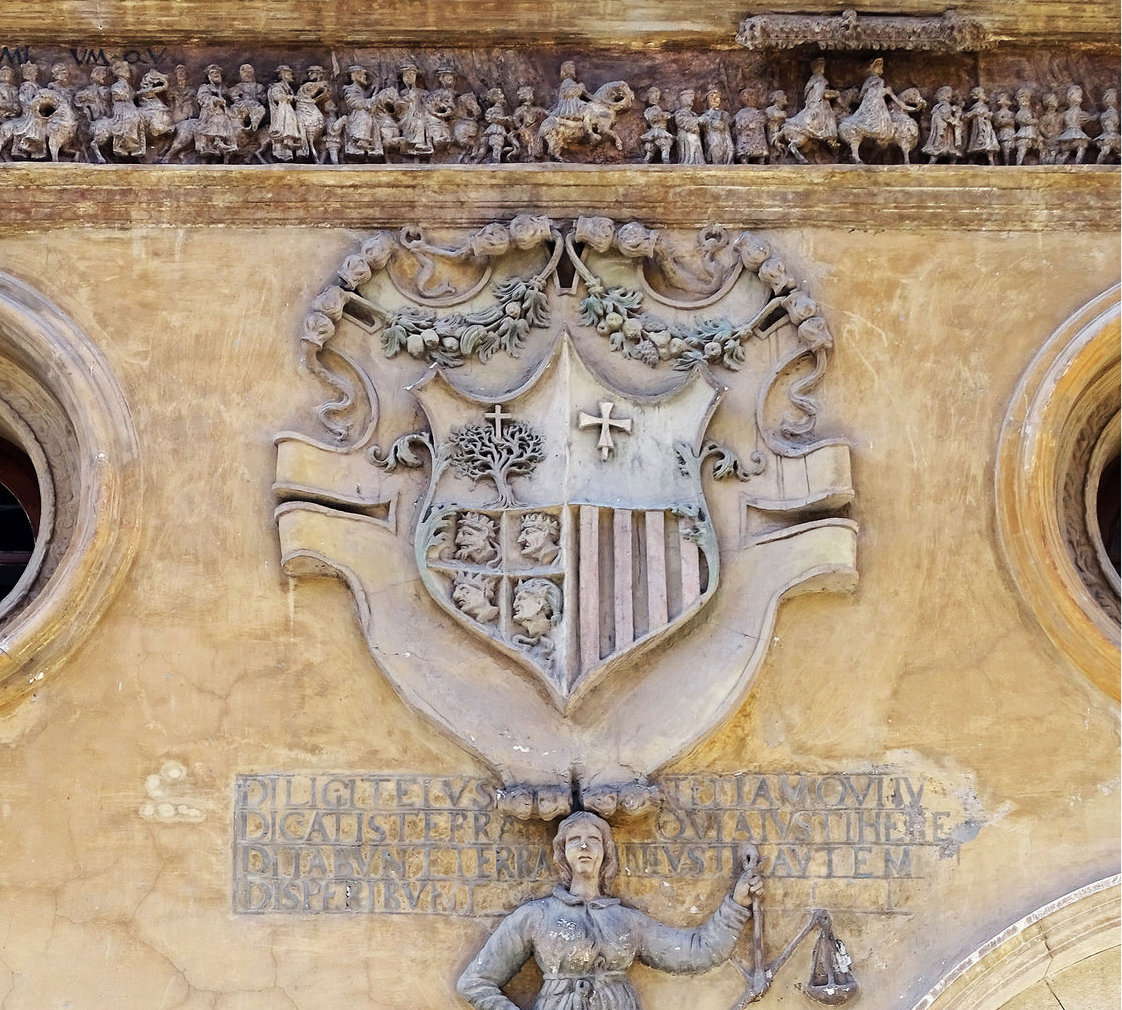
Aragón enters a vast Empire and, at the same time, gets up to date in terms of political structures, reinforcing the Parliament adopting a new icon for its coats of arms, the current one:
Sobrarbe’s Tree. It speaks about the cross above a tree. A legend tells that Aragoneses, before conquering Jaca, marched from San Chuan d’a Peña towards L’Aínsa and during the battle, nearly to be lost, a red cross appeared above a green holm oak. And they defeated the Muslims. That is the reason to call that country as Kingdom of Sobrarbe.
Íñigo Arista’s Cross. Legendary origin for the kingdom of Aragón, as Íñigo de Arista is a legendary character from Bigorre who battled for Aragón. During one fight, having nearly lost the war, he saw in the sky a silver cross, the main motif for the kingdom of Aragón around Jaca/Chaca. It is the most ancient kings of Aragón’s coat of arms.
Saint George’s Cross. Saint George is the Lord of aristocratic cavalry and Aragón’s since 1461. This cross is placed in Aragón’s coat of arms after the battle of Alcoraz. Chronicles say that the Aragonese troops were close to be overcome in their attempt to conquer the town of Huesca. A German knight, while being a crusader in Syria, lost his horse, but Saint George dropped him on on his and rode to Alcoraz, where both fought and the Aragonese troops eventually defeated the Muslims. For that reason Pedro I, king of Aragón, adopted Saint George’s Cross as coat of arms and devoted a church in that same place (which still stands) and included four beheaded Muslim soldiers for the four Muslim kings to whom the infant Alfonso (to come Alfonso II the Battler) killed in one day during the battle.
Aragón’s bars. Their origin date back to Sancho Ramírez times. According to historical sources, the king who incorporated to Aragón’s heraldic is Alfonso II, the first monarch of the Crown of Aragón, son to Petronila of Aragón and Ramón Berenguer IV, count of Barcelona. The bars were the coat of the House of the Aragón since 1162.
Those were the days where the Renaissance glittered at its highest. Saragossa was then known as the ‘Iberian Florence’. A number of majestic buildings were then erected, such ‘Lonja’ in Zaragoza, the city Halls in Tarazona, Huesca/Uesca, Uncastillo, La Fresneda/La Freixneda, Bielsa, fortresses like the citadel in Jaca, many Renaissance palaces and manors in Huesca/Uesca, Fonz, and cathedrals in Barbastro orThe Baroque shines in the ‘Colegiata’ in Alcañiz, the Palace in Morata de Jalón, the Pilar in Saragossa, etc. Albarracín.
The Bourbons, the end of the Crown
Along 1700-1715, when Carlos II of Habsbourg dies without having children, war bursts out between Felipe de Borbón, supported by Castile, and Emperor Carlos III, supported by the Crown of Aragón. The French candidate eventually overcame and, as a result, the Crown of Aragón disappeared by right of conquest, while the institutions from Castile were imposed.
It is the period where Enlightenment shines, although ended dramatically with Napoleonic wars. The Imperial Channel of Aragón is built by then, as well as San Fernando’s church in Zaragoza or the Main Square in Graus.
Contemporary Aragón
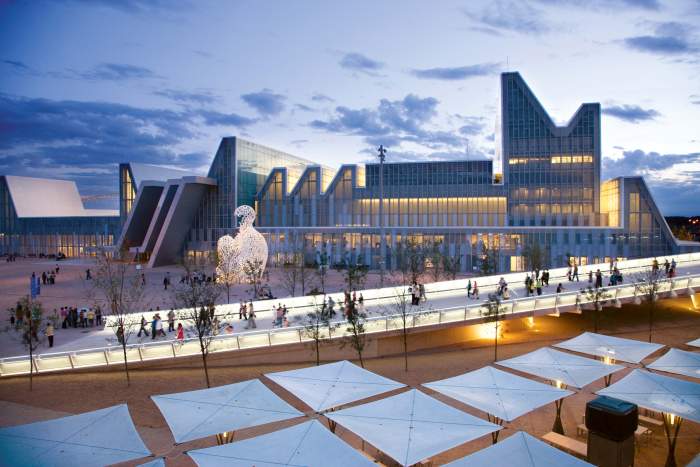
Along XIX and XX centuries, the Aragón as we know it is progressively taking shape. It is the time for Modernism, with brilliant examples in different towns, particularly in Teruel and Saragossa, or the building of Canfranc Train Station, the remains of the Spanish Civil War, contemporary architecture, etc.

